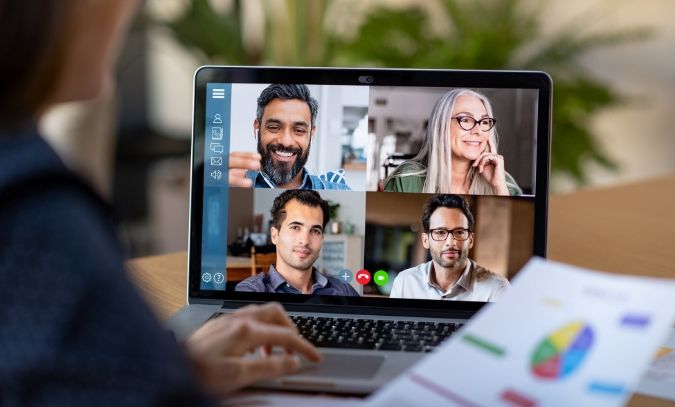ICT in My Classroom:
|
FeaturesRelated |
Design your own digital teaching strategy.
Don't use digital tools because it's modern. Find your way of digital teaching which will enhance students' learning experience.
Course Content
PROGRAMME DAY-BY-DAY
Training usually takes place between 9:00 am and 14:00 pm, followed by after-class activities, that are optional.
* There is one study visit included in the programme. DAY 1 We start off with an introductory meeting, explanation of practical arrangements and presentation of the participants and timetable. The participants are encouraged to express their expectations, needs and wishes regarding the content of the programme and learning methods. * Digital and media literacy and safe and responsible use of the Internet: Intro to WHAT, WHY and HOW of using and integrating ICT in your classroom. Bridging the divide: integrating ICT & new technologies into teaching and education – possibilities, tools & challenges for getting ahead. Creating a safe and fun classroom experience. Tools for sharing resources: Google Classroom, Trello, Padlet, Wakelet. Project work: Let’s dive in and create our own workflow, process and learning curve. DAY 2 Mobile phones – friends of foes of learning? Let’s create a classroom experience with it Digitally, social media savvy users: QR codes, learning to find, interpret, communicate and share information on the Internet. Let’s discover more about Ljubljana with Actionbound. DAY 3 Think Before You Post: Digital and Media Literacy in Action. Let’s learn how to interpret content and storytelling across different platforms, apps and social media. Project work: content revision and creation. Mix Canva, Flipgrid and Bitmoji. Half-day excursion. DAY 4 Computational Thinking, Design Thinking and Problem Solving for Teachers. Project work: using ICT tools on participants’ own examples. DAY 5 Let’s Walk The Talk: Create, communicate and share YOUR story. What have we learnt? How can be bridge the divide between the traditional, digital and hybrid classroom experience? How can we all become active consumers and creators of digital content? Project work: using all ICT tools, skills and examples of the workshop. DAY 6 Evaluation and farewell. Documentation and certificates of attendance. * Some changes in the programme are possible - the content of the course is always adapted to the participants previous knowledge, expectations and requirements. The participants receive the informational booklet a few weeks prior to the start of the course. |
ERASMUS+ COURSES BY PRIMERA
Integrate 5 Cs in a digital classroom effectively: Connect, Communicate, Curate, Collaborate, Create.
INTERNATIONAL ERASMUS+ LEARNING WITH PRIMERA
Become a member of Primera's international learning community.
Your network is a family you choose. |





